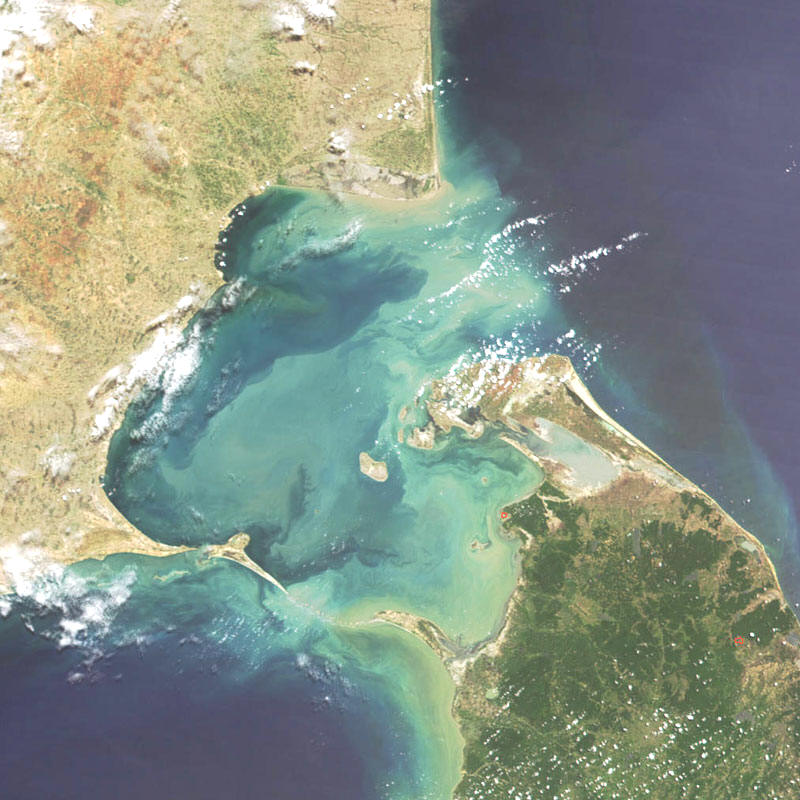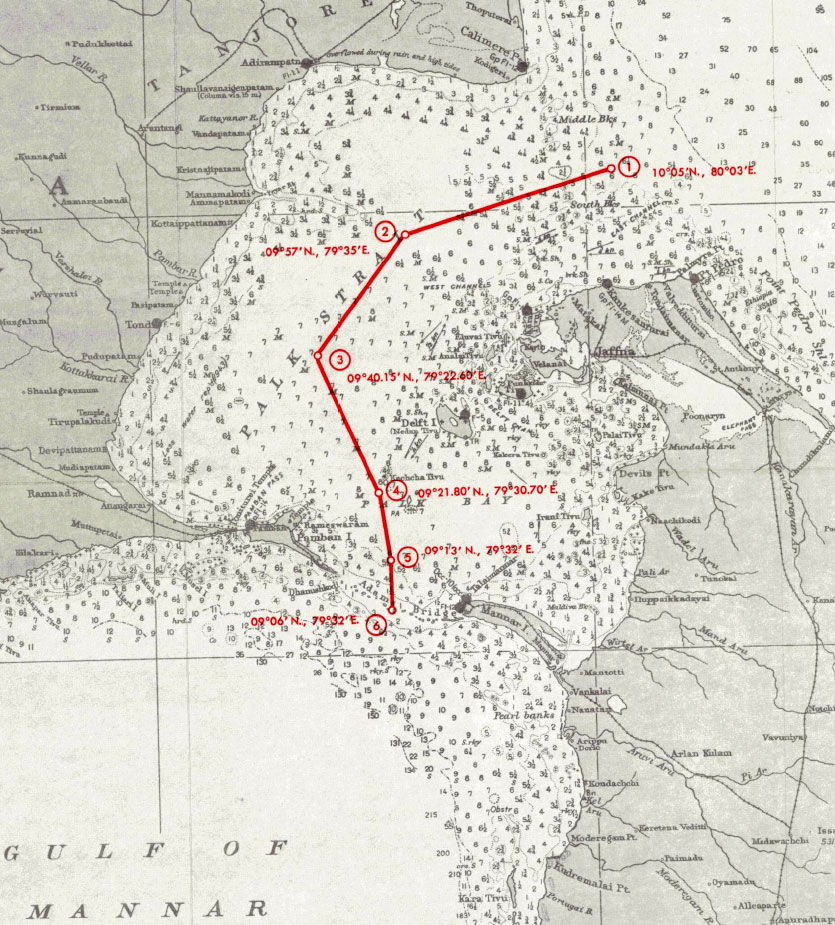|
India & the
Struggle for Tamil Eelam
India's intelligence support for Sri Lanka
in the waters of the Tamil homeland
TamilNet, 4 November 2007
Due to improved understanding and collaboration between the navies of India and
Sri Lanka, and enhanced sea monitoring power, India need not to worry about
repercussions of the ongoing war in Sri Lanka, said L. V. Sarath Babu, the Chief
Staff Officer, Eastern Command of the Indian Navy to media men at Rameasvaram on
Friday. The night of the same day,
Tamil Nadu fishermen, were arrested by the Sri Lanka Navy off the waters of
Jaffna. This is an illustrative example of the wide gap between the security
concerns of the two governments and the aspirations of the peoples they claim to
represent.
According to defence analysts of India, the monitoring power of the radar
station at Rameswaram is said to be of the range of 1700 km. Reports say India
helped Sri Lanka to install radar stations in Anuradhapura, Vavuniyaa and
Trincomalee apart from several other places in the south of Sri Lanka.
India is independently capable of satellite surveillance.

There are speculations that intelligence related to sea traffic is being
supplied to Sri Lanka by India and this played a crucial role in the recent
sinking of vessels alleged to be carrying arms for the LTTE. So far, the
government of India or the defence analysts of India have not denied this extra
collaboration.
It is said that many such activities take place on the basis of �secret
protocols� agreed between India and Sri Lanka in recent times. At present it is
mostly operative at the officers level. Monthly meetings and briefings take
place regularly between the officers of the two countries.
Another noticeable development, in addition to the supply of improved marine and
satellite intelligence, is the Indian interest in training Sri Lankan armed
forces. Analysts say India has increased the number of officer-trainees from 900
which was agreed upon earlier, to 2,250 in the current year, despite public
opposition in Tamil Nadu for any military assistance to Sri Lanka. An
extraordinary interest in training the Sri Lankan armed forces is also shown by
the U.K. and the U.S.A.
In the last few years, a number of small naval detachments have either been
newly opened or strengthened in sensitive coastal villages of Tamil Nadu between
Naakappaddinam and Raameasvaram. The focus of their orientation is the Tamil
region of northern Sri Lanka.
Yet, the concern of Indian officials is that they are still unable to completely
control sea contacts between Northern Sri Lanka and Tamil Nadu. The concerns
loom large with the marked increase of public support in Tamil Nadu for the Sri
Lankan Tamil cause and the LTTE, in recent times.
A Chennai based journalist who was covering maritime news for a long time
reflected on the situation in the following words:
"The elementary
lesson of security is that it doesn't primarily depend on arms. It is in the
hearts of the people. A major part of the coastline of Indo-Sri Lanka waters
is a Tamil territory, both in India as well as in Sri Lanka. The historical
waters (Palk Bay) claimed by India and Sri Lanka is also an exclusive
historical waters of the Tamils. The coastal folk of India and Sri Lanka,
including the Sinhala coastal folk who were once Tamils, are the closest
cousins on either side of the Indo Sri Lanka waters, who were always closely
interacting, whatever colonial power had come and gone. "
"Defence collaboration, secret protocols and advanced technology are all
meaningless when governments act against the hearts of peoples," the journalist
who didn't want to be named, told TamilNet.

Maritime boundary in the Historical Waters of the Palk Bay
between India and Sri Lanka.
[Courtesy: U.S. Department of State, Bureau of Intelligence and Research, 1975]
|